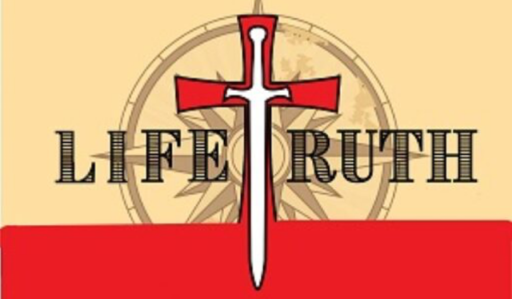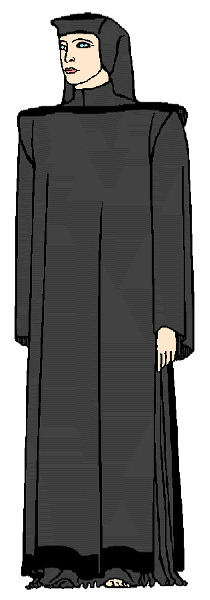Church History: The Jewish Background. (461)
tags: church history, religion, Judaism, influences
Returning to his survey of early church history, Keith refers to the book:
A History of the Christian Church
Williston Walker
Richard A. Norris, David W. Lotz, Robert T. Handy
Copyright © 1918, 1959, 1970, 1985 Charles Scribner’s Sons; Copyright renewed 1946 Amelia Walker Gushing and Elizabeth Walker.
Today, Keith presents the information found in chapter 2, the Jewish background.
This time of history takes place in the time between the Old Testament, and the birth of Christ. We focus on how the Jewish culture fit into the greater political scene in the known world. The tiny state, was largely left alone and ruled by a hierarchy of high priest. Since the time of Ezra, scribes have been rulers, ensuring that the law was meticulously safeguarded. Because the elite classes, mainly those who are dispersed through the Greek kingdom, were trying to make Israel aligned more with the secular world around them, conflicts arose with the lower classes. This is where the Maccabees come in to the picture.
The Maccabees fought against making the nation into a hierarchy ruled by a secular government. They had successfully restored religious rule the country, and a class of high priest where the roles are passed on to the heirs of the priests with established. While considered politically conservative, the high priest work is interested in upholding the religious laws.
When Roman rule came on the scene around 63 BC, they complicated the matters by placing Herod the great in charge. Although he had been forced to convert to Judaism, he wasn’t liked by anyone. He was an outsider to the Jews, the fact he was a foreigner who ruled over them as king went against their religious constitution. To his credit, he helped maintain the Jewish identity, as well as contributing in the right of construction projects.
In an effort to help the matters, the Romans put one of their own governors in charge of the region.
It was too little, and too late.
As mentioned, the high priest was a class that was concerned world politics, and not so much with religion. The Sadducees came on the scene as a working-class group who wanted to uphold the law, but didn’t hold to the oral traditions of the scribes. They also did not believe in the supernatural, good and evil spirits, or an afterlife. The Pharisees were also from the lower classes who also wanted to uphold the law. They did hold supernatural beliefs about angels and demons, and the afterlife. They also held to a belief of a coming Messiah.
Another group the Essenes. They held to similar beliefs of the Pharisees, opposing the hierarchy of the high priest. They were also isolated and were standoffish and socializing with the other groups. They also believed in the coming Messiah, and felt that they were the true Jews who would establish that kingdom.
Another feature of these times is the popularity of apocalyptic writings. Book such as Daniel, and others styled in the manner Revelation were popular. The hope was that God will intervene, and come in the form of his Messiah. Another category of literature that became popular was wisdom literature.
Not all Jews lived in Israel. Close to two thirds were considered the diaspora, or dispersed Jews throughout Greece. The religion and society norms often conflicted with the Jews who remained in Israel. They spoke Greek almost entirely, and were probably the driving force behind the Septuagint, the widely accepted Greek version of Jewish scriptures. The various forms of Greek philosophy also informed their approach to the Jewish faith.
States been for at least one more installment as Keith explores this historical. Of the early church. If this, and the earlier episode of church history is something that interests you, be sure to contact us to let us know and we can proceed further through history.
Podcast: Play in new window | Download (Duration: 51:47 — 47.4MB)
Subscribe: Apple Podcasts | Amazon Music | Podchaser | RSS | More

